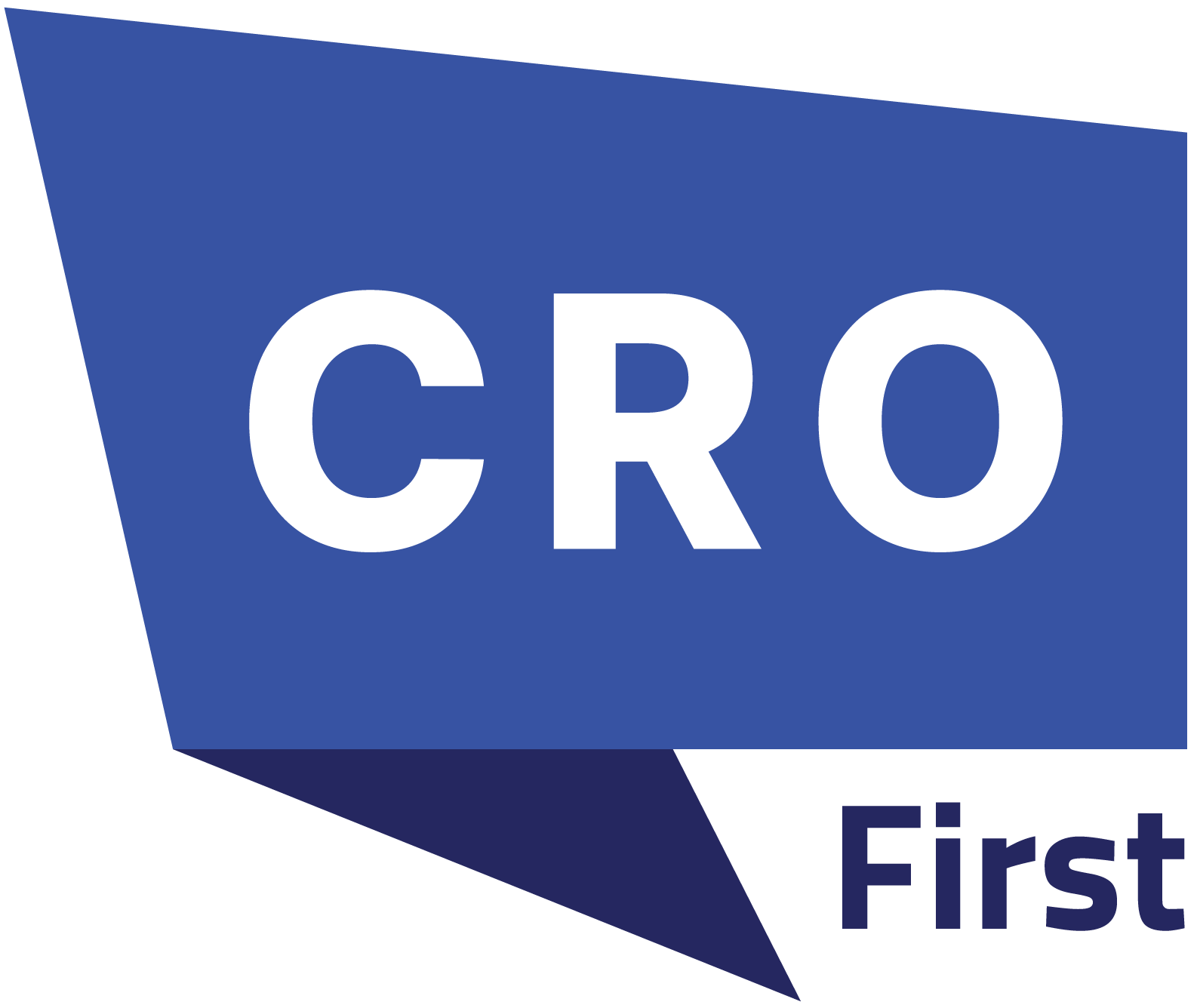The era of isolated channel sales is fading fast. Growth today depends on ecosystems that connect technology, data, and partners into one continuous motion. Companies that still treat partnerships as side programs are discovering how costly that separation can be. Traditional Partner Relationship Management systems were built for static pipelines, not for the dynamic reality of cloud marketplaces. The result is manual processes, inconsistent attribution, and slow-moving deal cycles that waste both time and trust.
Partner-to-Marketplace automation changes that equation. It unifies RevOps and PartnerOps into a single system of engagement, where every partner action can be tracked, measured, and tied directly to revenue. Microsoft’s partner ecosystem shows what that shift looks like at scale. With over 500,000 organizations now connected globally, its AI-driven partners are growing revenue at twice the rate of others. The message is clear: integration is not optional anymore. It’s the new growth architecture.
The Evolution of GTM where Marketplaces Pull Everything into Orbit
The B2B software purchasing process has changed without much notice. Cloud marketplaces such as AWS, Azure, Google Cloud, and Salesforce AppExchange have now become the only path for most buyers instead of mixing up quotes from various vendors and going through long approval stages. The whole process is faster, more secure, and perfectly aligned with their cloud budget.
This shift is changing how go-to-market teams work. In 2025, Google Cloud Marketplace started letting customers buy professional services from partners along with software. That single move turned marketplaces into full-service ecosystems where technology and expertise meet in one place.
Partner-to-Marketplace automation builds on this reality. It connects every partner action, from co-sell to sourcing, directly to the marketplace transaction. The result is cleaner handoffs, accurate attribution, and less revenue leakage. The marketplace is no longer just another channel; it’s becoming the real center of business gravity.
The Mechanics of the Automated Partner Loop
The real story of Partner-to-Marketplace automation lies in what happens behind the scenes. It’s not about flashy dashboards or big promises. It’s about precision, speed, and coordination that make every deal move smoother than before.
It starts with real-time account mapping and co-sell routing. Ecosystem platforms, or PEPs, now plug directly into CRMs to instantly surface overlapping accounts between a vendor and its partners. What used to take days of spreadsheet chasing now happens in seconds. The system automatically matches opportunities, assigns ownership, and routes qualified co-sell leads straight to the right partner and the right Account Executive. No inbox ping-pong, no missed timing. Deals move faster because every touchpoint is synced and accountable.
Once the deal aligns, automation moves into the next stage, private offer creation. Generating Multiparty Private Offers or custom contracts often got stuck in finance and legal loops. Now those steps run inside the marketplace workflow. Terms, pricing, and approval routes are all pre-configured, letting teams create and push out private offers in minutes instead of days. This doesn’t just save time; it also ensures compliance, consistency, and fewer errors when scaling across multiple regions or partners.
The final piece is fulfillment and onboarding. After a marketplace sale, the platform triggers a fully automated chain involving partner onboarding, contracting, and software provisioning. This means the buyer gets what they paid for instantly, and the partner gets credited and visible in the transaction trail. Everyone wins because the process leaves no gray areas or manual choke points.
AWS reinforced this shift in May 2025 when it expanded its Marketplace SaaS catalog to include every SaaS solution, no matter where it’s deployed. That single move opened the door for deeper automation and wider partner participation. The more inclusive the marketplace becomes, the more valuable this automated loop gets. It’s not just operational efficiency anymore; it has become the new operating system for ecosystem growth.
Also Read: Subscription Revenue Growth Strategies: Key Lessons from Leading SaaS Companies in 2025
Quantifying the Impact of Automation on Incremental Revenue and Predictability
The real payoff of Partner-to-Marketplace automation shows up when numbers start to move. Automation doesn’t just make operations neater; it makes revenue more predictable and scalable. It takes the guesswork out of RevOps and replaces it with patterns that can be measured, forecasted, and optimized.
First comes deal size and velocity. When a trusted partner influences a deal, it changes everything. The buyer already trusts the recommendation, so sales cycles shrink and contract values grow. Instead of chasing one-time transactions, companies start closing faster and expanding existing accounts through repeat marketplace motions. Partner automation helps maintain this rhythm because deals are routed, processed, and closed without waiting on manual inputs or approvals.
Next is revenue attribution. In traditional systems, partner influence often got lost somewhere between marketing, sales, and finance. Automation fixes that. Every sourced, influenced, and transacted deal is now tracked in real time, feeding into the RevOps dashboard with full visibility. This accuracy matters. It prevents double counting, simplifies commission calculation, and gives leadership the confidence to forecast with precision. It also helps partners feel seen and rewarded, which fuels loyalty and participation.
Then comes the margin story. Multiparty Private Offers and automated marketplace deal structures have quietly become margin protectors. By using customer cloud budgets such as MACCs or ACCs, vendors can lock in larger, multi-year contracts that sit comfortably within the buyer’s pre-approved spend. This keeps discounting in check while ensuring both partners and vendors earn their fair share.
Salesforce reflected this impact in its FY 2025 outlook, projecting revenue between $40.5 billion and $40.9 billion, a 7-8% rise powered by partner-influenced cloud adoption and AI-driven revenue engines. That kind of consistency doesn’t happen by accident; it’s the result of a connected, automated ecosystem where every transaction is traceable and every partner contribution measurable. Predictability, in this new model, is not a byproduct of success. It’s the engine driving it.
The Automated RevOps Stack for Ecosystem Leaders
Building a revenue engine around Partner-to-Marketplace automation is not about stacking tools. It’s about making them talk to each other so the ecosystem runs like one connected system instead of scattered silos. The right setup turns coordination into a competitive edge.
It usually begins with Partner Ecosystem Platforms, often called PEPs. Think of tools like PartnerStack or Allbound. They act as the main control tower, handling commissions, content, and engagement. When done right, they give teams one place to track everything a partner does, from registering a lead to getting paid. It sounds simple, but most organizations still don’t have that level of visibility.
The next piece is the account mapping and intelligence layer. Platforms such as Crossbeam or PartnerTap compare CRM data with partner databases to reveal shared customers and mutual prospects. This single step changes the game. Teams no longer chase the same account blindly. They can plan together, prioritize faster, and stop wasting cycles on overlap.
Then comes the core RevOps foundation. Integrating CRMs like Salesforce or HubSpot with routing tools such as LeanData or Syncari keeps data clean and territories well-defined. It may not sound glamorous, but that structure eliminates duplicate effort and gives sales leaders a real-time view of how partner deals progress.
Finally, AI steps in to handle the heavy lifting. Predictive scoring identifies which co-sell opportunities deserve focus. Forecasting models fine-tune revenue projections. Automated workflows quietly manage partner follow-ups and reminders so teams stay focused on closing, not chasing.
When all these layers connect, RevOps stops reacting and starts orchestrating. The ecosystem becomes faster, smarter, and far more predictable, and that’s when automation stops being a project and starts becoming the playbook.
Unifying the Revenue Journey
Partner-to-Marketplace automation is no longer a feature to explore; it’s a strategy to survive. It turns RevOps from a reporting function into a predictive growth system where every partner, transaction, and data point feeds the same revenue engine. The companies winning in 2025 aren’t just managing partnerships, they’re operationalizing them. When ecosystems of partners’ function as unison, automated, and accountable systems, the income no longer becomes a hunt and rather a consistent beat. The actual transformation in the future is not about the acceptance of technology but about the creation of self-sustaining ecosystems.

